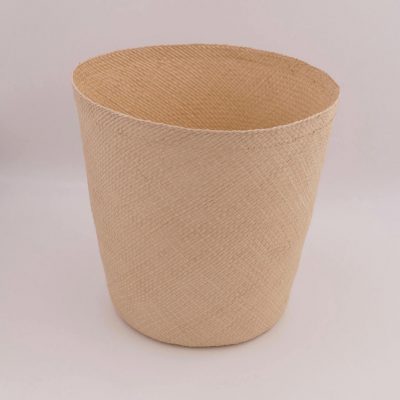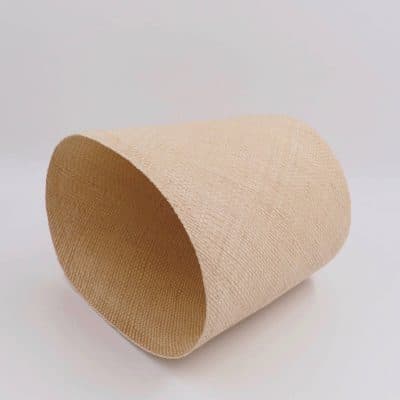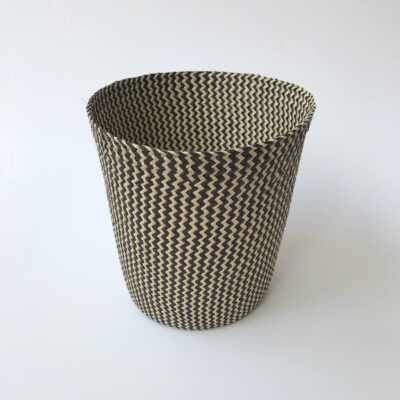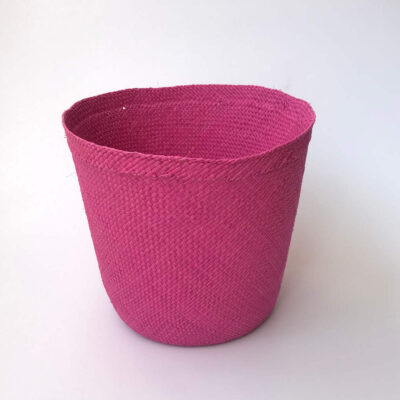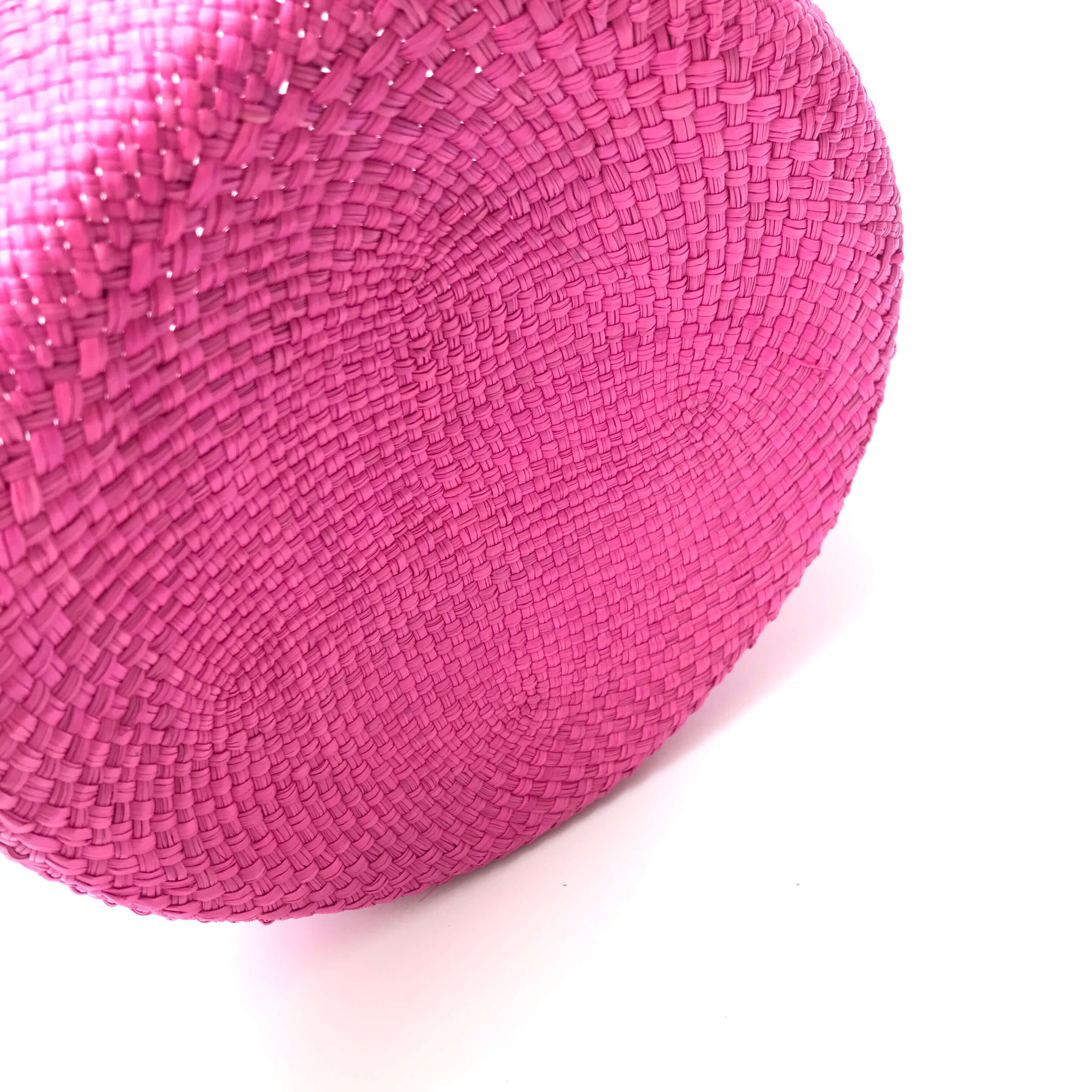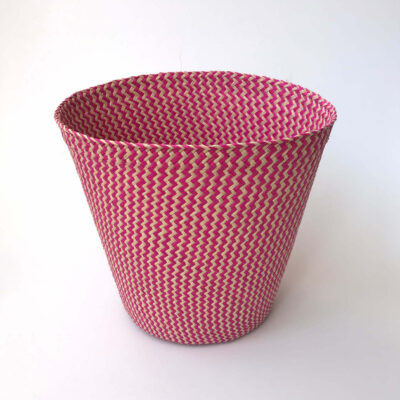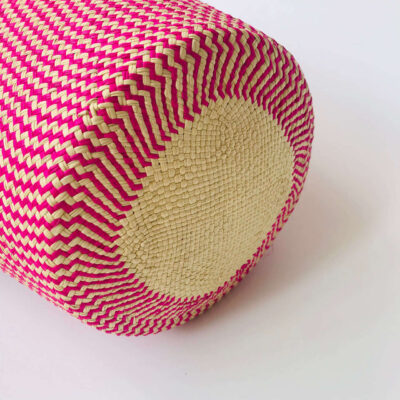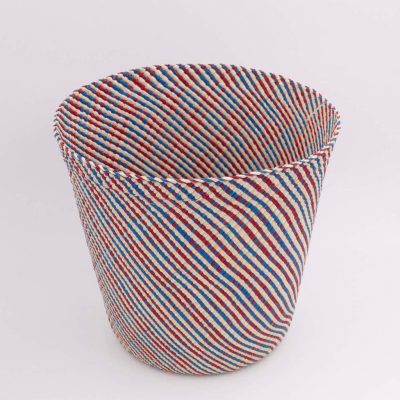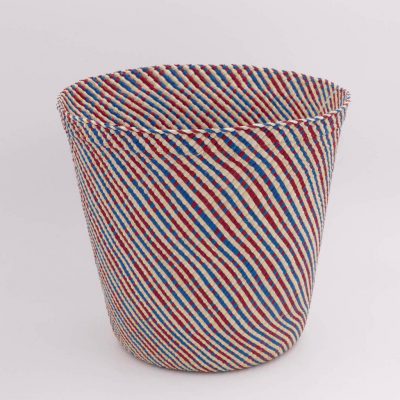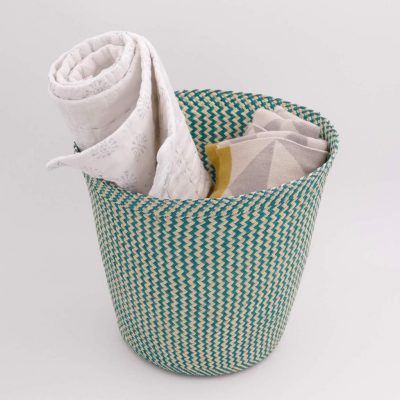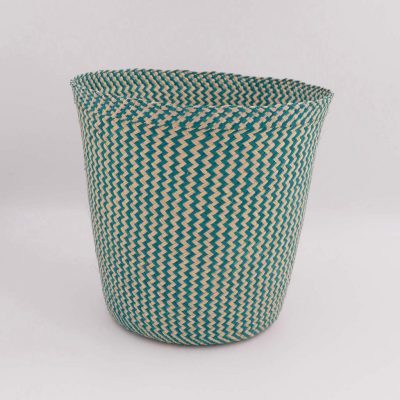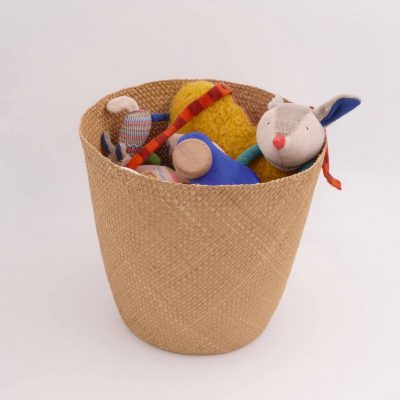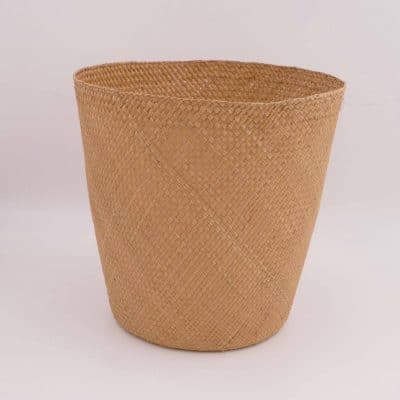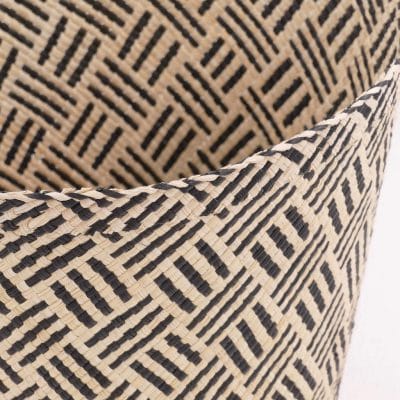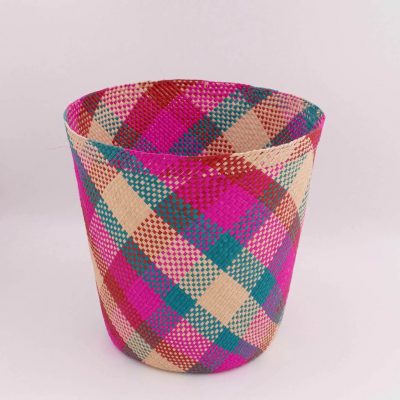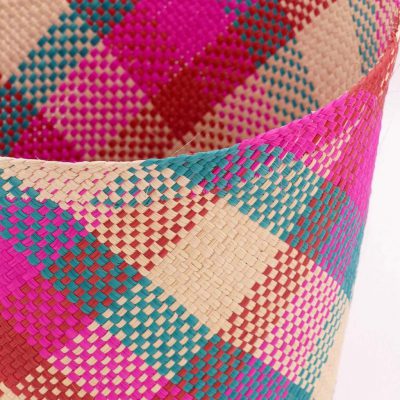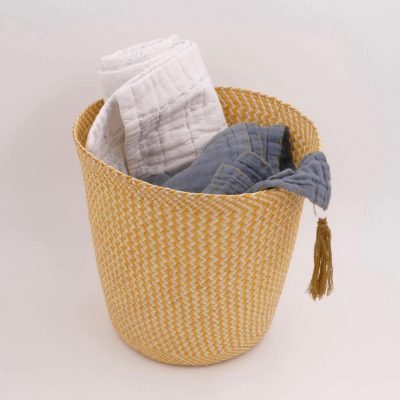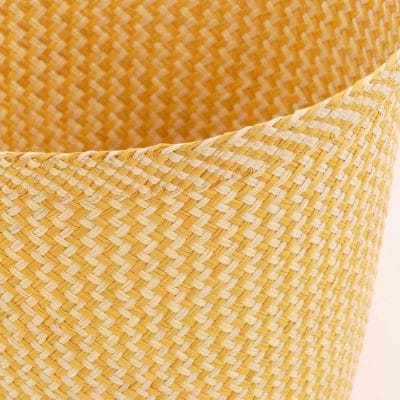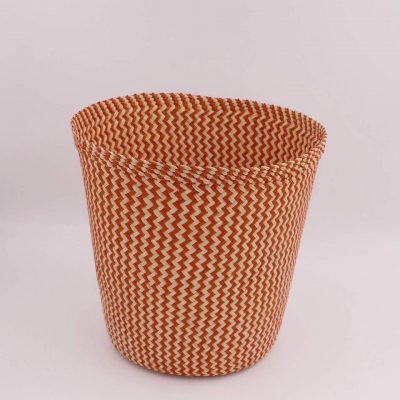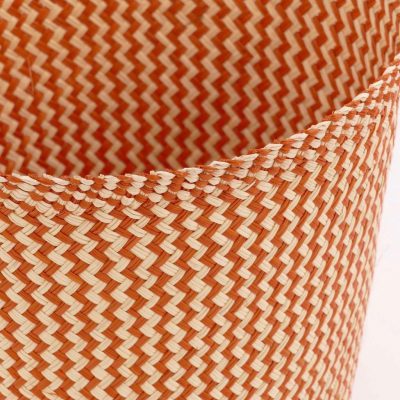Iraca Palm Leaf Baskets
Showing all 11 resultsSorted by latest
-
Natural Palm Basket
€30,00 -
Black herringbone Basket
€30,00 -
Bright pink basket
€30,00 -
Pink herringbone Basket
€30,00 Out of stock -
Blue and red striped basket
€30,00 Out of stock -
Green herringbone Basket
€30,00 -
Natural Brown Basket
€30,00 -
Black braided basket
€30,00 -
Checked basket – Pink/red
€30,00 Out of stock -
Yellow herringbone Basket
€30,00 -
Orange herringbone Basket
€30,00 Out of stock
More about our unique handmade baskets
A pre-hispanic heritage
Our baskets are exclusively handmade, with the natural fiber of Palma de Iraca. The weaving technique is an ancestral heritage. Indeed, in pre-Hispanic America, Indigenous used this technique together with the fibers of palma to make textiles, hats and baskets. The technique has been transmitted from generation to generation, leading to beautifully designed baskets. Hence, it became one of the most representative crafts of the village of Sandona.
An area strongly hit by the internal conflict
Sandona is located in the southwest of Colombia, in Narino’s department. The armed conflicts have severely affected the area. Unfortunately the signature of the peace agreement in 2017 has not ensured peace. Criminal gangs and illegal structures quickly came to Nariño to cover the territories left by the Farc. Because of this, today a “new war” is taking place, to retain control of the drug trafficking routes on the Pacific coast, maintaining the population in unsettling living and economic conditions. Extreme poverty in Nariño is one of the consequences of the conflicts, with an unemployment rate of 70 percent.
The Association of weavers Juanita
Basketry is one of the activities that gives a chance to people of the area to earn a decent living. For that reason, and also because we love their products, we decided to work with Juanita’s Association. Juanita started making baskets to support her family when she was 7 years old. In 2004 she decided to create her own weaving Association. She has since then grown the Association to 90 artisans, for the most part women and mothers, who live in rural areas. Their salary is often the sole revenue for the entire family.

